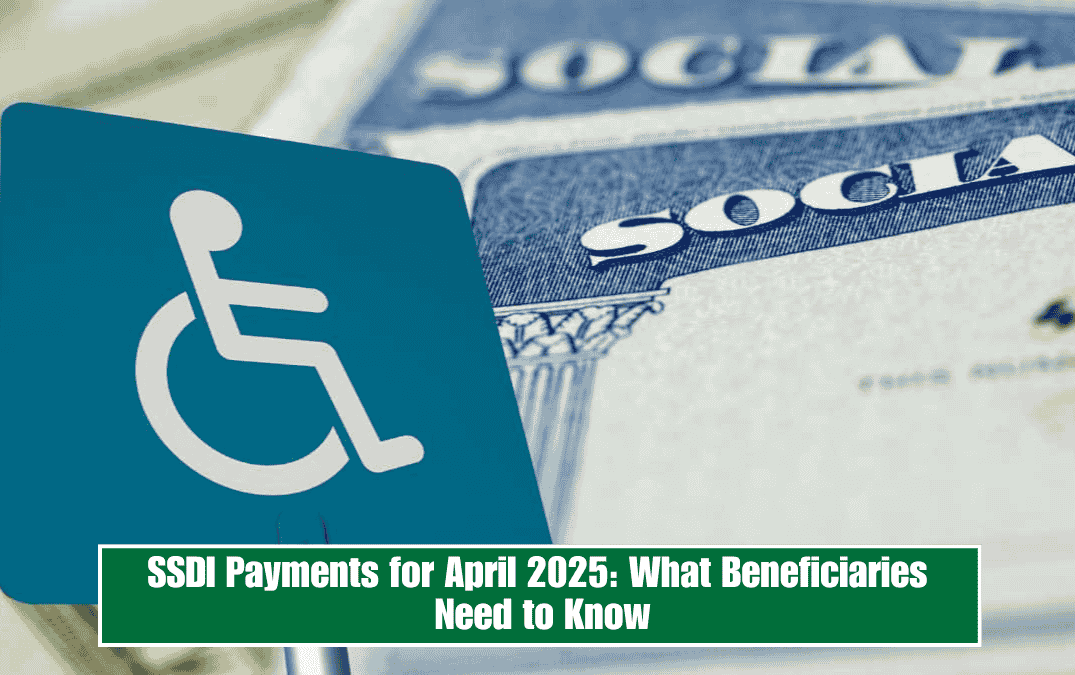The Social Security Administration (SSA) will continue to disburse Social Security Disability Insurance (SSDI) in March 2025 as scheduled. Official data as of March 21 show no widespread delays. However, payments for beneficiaries born between the 21st and 31st are still pending, as per the established schedule.
The payment date for SSDI is determined by your birthday and distributed on the second, third, and fourth Wednesdays of each month. Beneficiaries born 1–10 received funds on March 12, 11–20 on March 19, and 21–31 on March 26. At the end of this note, only the final group remains to be completed.
Some SSDI recipients will receive up to $4,018 in a few days
This year’s maximum monthly amount is $4,018, which applies to workers with high income histories. However, the overall average is 1,439.42, according to the February SSA Snapshot. This calculation covers 8.28 million beneficiaries, including 7.193 million disabled workers, 85,000 spouses, and 1.003 million children.
The COLA of 2.5% for 2025 explains the increase in amounts. Several experts we spoke with agree that average ranges vary between $1,300 and $1,600, adjusted for economic and demographic factors.
The benefit figure reflects a decline attributed to the aging of American citizens, particularly those in the Baby Boomer generation, who are now beginning to receive their retirement benefits. This phenomenon reduces demand for SSDI, but they are now requesting their well-deserved retirement.
Individuals who receive SSDI payments and reach full retirement age (FRA) automatically transition to the retirement system.
Eligibility requirements and work credits
To receive SSDI, applicants must meet two requirements. First, demonstrate a disability that prevents you from working for at least 12 months or causes you to die, according to strict SSA medical guidelines. Second, accumulate work credits based on the age at the time of disability:
- Less than 24 years: 18 months of work.
- Between 24 and 31 years: 42 months.
- Over 31 years of age: 60 months within the last 10 years.
Each credit requires a minimum annual income and has a maximum of four per year. Furthermore, work incentives allow beneficiaries to explore jobs without losing their benefits, according to the SSA. This year, each work credit is worth $1,810, totaling $7,240.
Credits can be earned through either wages or self-employment income. You can view your account statement in your “My Social Security” account on Login.gov.















